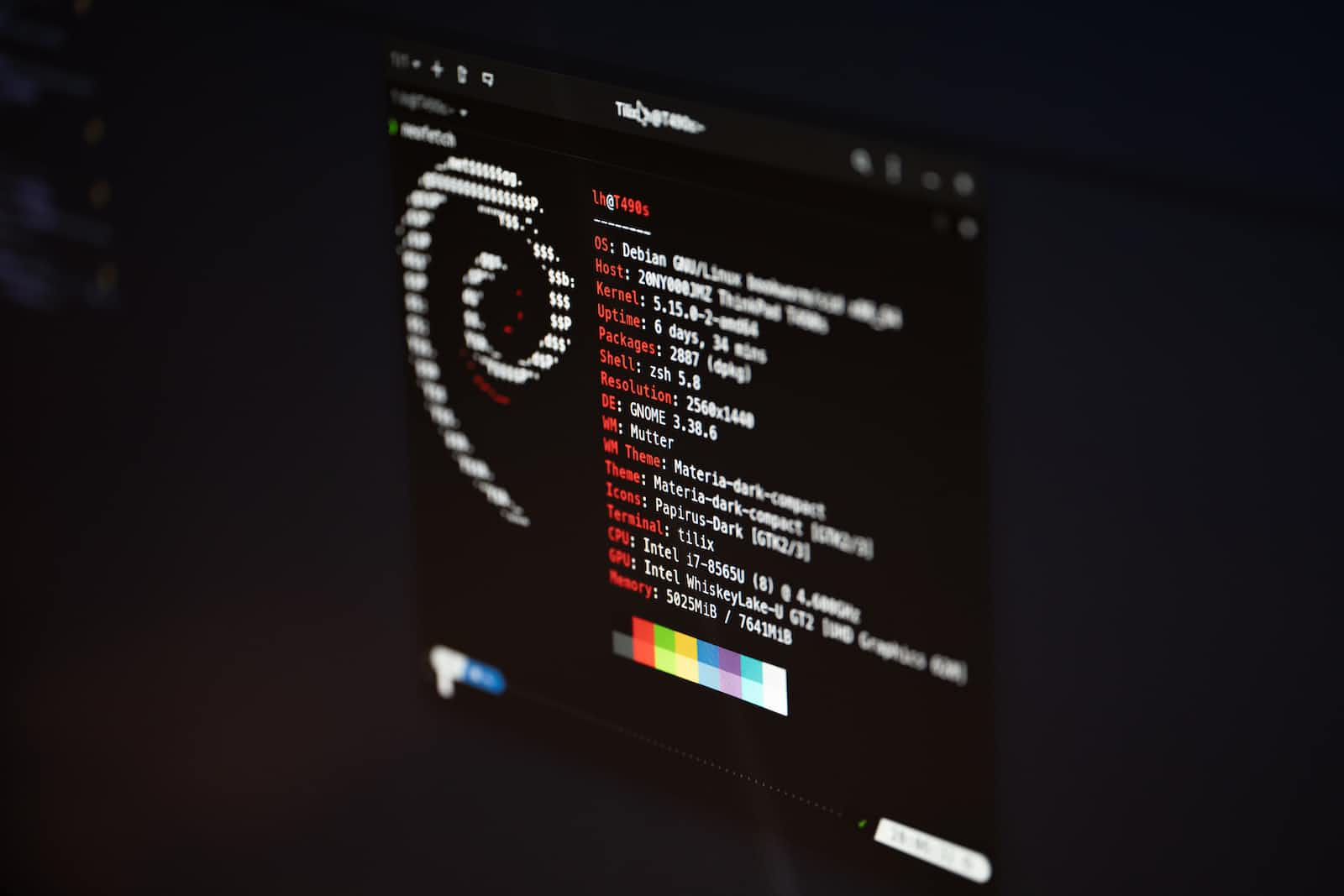Hidden Gems of the Linux Shell: Lesser-Known Commands and Features
 Sandesh Lokhande
Sandesh LokhandeTable of contents
- Introduction:
- 1. find: The Swiss Army Knife for File Searching
- 2. xargs: Unleash the Power of Batch Processing
- 3. curl: Beyond Simple HTTP Requests
- 4. screen: Never Lose Your Work Again
- 5. awk: Mastering Text Processing
- 6. rsync: Efficient Data Synchronization
- 7. nc: Networking Swiss Army Knife
- 8. at and cron: Automation Made Easy
- 9. watch: Real-Time Monitoring
- Conclusion:

Introduction:
Have you ever wondered what secrets the Linux shell holds, beyond the familiar commands like ls, cd, and grep? If you're in the web and tech industry, you probably spend a significant amount of time in the Linux shell, and there's a world of lesser-known commands and features waiting to be discovered. In this blog post, we're going to embark on a journey through the depths of the Linux shell, uncovering hidden gems that can make your life easier, your tasks more efficient, and your Linux experience even more enjoyable. So, grab your terminal, because by the end of this post, you'll be armed with knowledge that will level up your Linux shell game.
1. find: The Swiss Army Knife for File Searching
While find is not entirely unknown, its full potential is often underestimated. It's not just for finding files; it's a powerful tool for performing actions on files based on various criteria.
Example 1: Finding and deleting all files older than 7 days in the current directory:
find . -type f -mtime +7 -exec rm {} \;
Example 2: Locating large files over 100MB:
find /path/to/search -type f -size +100M
2. xargs: Unleash the Power of Batch Processing
xargs allows you to apply a command to multiple items, making your work more efficient. It's particularly useful when combined with find for processing files.
Example: Finding and deleting all .log files:
find /path/to/search -type f -name "*.log" | xargs rm
3. curl: Beyond Simple HTTP Requests
You may have used curl to download files from the internet, but did you know it can also send data, authenticate, and even make FTP requests?
Example 1: Sending a POST request with data:
curl -X POST -d "key=value" https://example.com/api
Example 2: Downloading a file with authentication:
curl -u username:password -O https://example.com/secret-file.zip
4. screen: Never Lose Your Work Again
screen is a terminal multiplexer that allows you to run multiple terminal sessions within one. It's a lifesaver for remote work or when you need to keep long-running processes alive.
Start a new screen session:
screenDetach from a session:
Ctrl-a dReattach to a detached session:
screen -r
5. awk: Mastering Text Processing
awk is a versatile tool for text processing. You can use it to extract, transform, and manipulate text data effortlessly.
Example 1: Extracting the second column from a CSV file:
awk -F',' '{print $2}' data.csv
Example 2: Summing up numbers in a file:
awk '{ sum += $1 } END { print sum }' numbers.txt
6. rsync: Efficient Data Synchronization
rsync is the go-to command for efficient file and directory synchronization between two locations, locally or over a network.
Example: Synchronizing local and remote directories:
rsync -avz /path/to/local/ user@remote:/path/to/remote/
7. nc: Networking Swiss Army Knife
nc (netcat) is a versatile networking utility. You can use it for port scanning, banner grabbing, and even transferring files between systems.
Example 1: Scanning for open ports on a host:
nc -z -v -n -w 1 host.com 1-100
Example 2: Transferring a file between two systems:
nc -l -p 12345 < file_to_send
On the receiving end:
nc -w 3 receiving_host 12345 > received_file
8. at and cron: Automation Made Easy
at and cron are Linux's built-in job schedulers. at schedules one-time tasks, while cron handles recurring jobs.
Example 1: Scheduling a one-time backup with at:
echo "tar -czf /path/to/backup.tar.gz /data" | at 2:00 AM tomorrow
Example 2: Running a script every day at 3:30 PM with cron:
30 15 * * * /path/to/script.sh
9. watch: Real-Time Monitoring
Want to keep an eye on a command's output in real-time? watch refreshes the terminal with the command's output at specified intervals.
Example: Monitoring system resource usage:
watch -n 1 'free -m'
Conclusion:
Congratulations! You've now unearthed some of the hidden gems of the Linux shell. These lesser-known commands and features can greatly enhance your productivity, whether you're a seasoned Linux user or just getting started. With newfound knowledge of tools like find, xargs, screen, awk, rsync, nc, at, cron, and watch, you have a powerful arsenal at your disposal.
But remember, the journey into the Linux shell is endless, and there's always more to discover. So, keep exploring, experimenting, and pushing the boundaries of what you can achieve with these powerful tools.
If you have any favorite hidden gems of your own, or if you've found these tips helpful, please share your thoughts in the comments below. We'd love to hear about your experiences and any additional tricks you've picked up along the way.
Feel free to leave a comment and share your thoughts, tips, or experiences with these hidden gems of the Linux shell. Your insights could be invaluable to others in the tech community, and we look forward to hearing from you!
Subscribe to my newsletter
Read articles from Sandesh Lokhande directly inside your inbox. Subscribe to the newsletter, and don't miss out.
Written by

Sandesh Lokhande
Sandesh Lokhande
💻📚 Exploring DevOps & Cloud | Linux Maverick 🐧 | Computer Network| Fueling Curiosity through Blogging 🚀🌟 | Let's Dive into Tech Together! 👩💻🌈